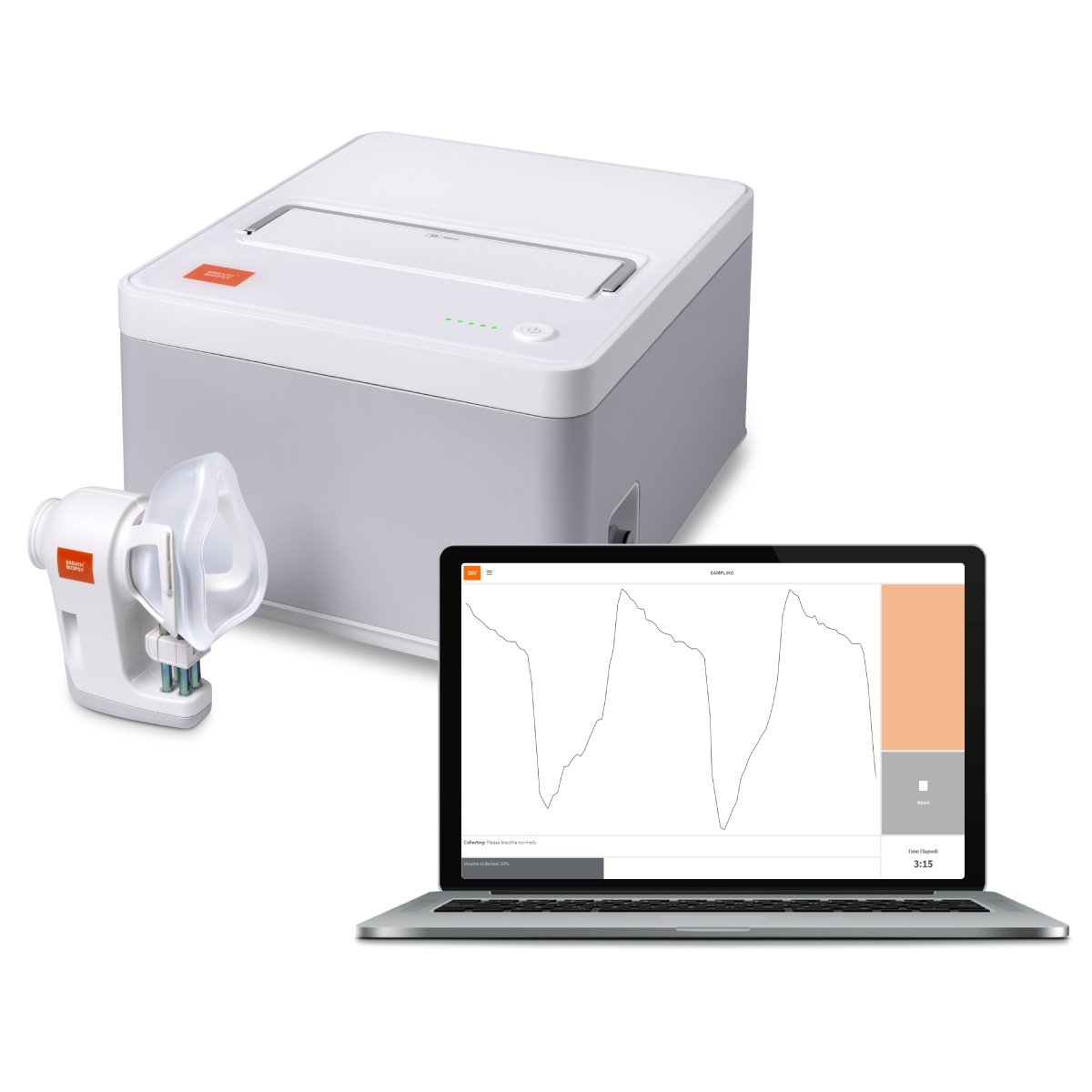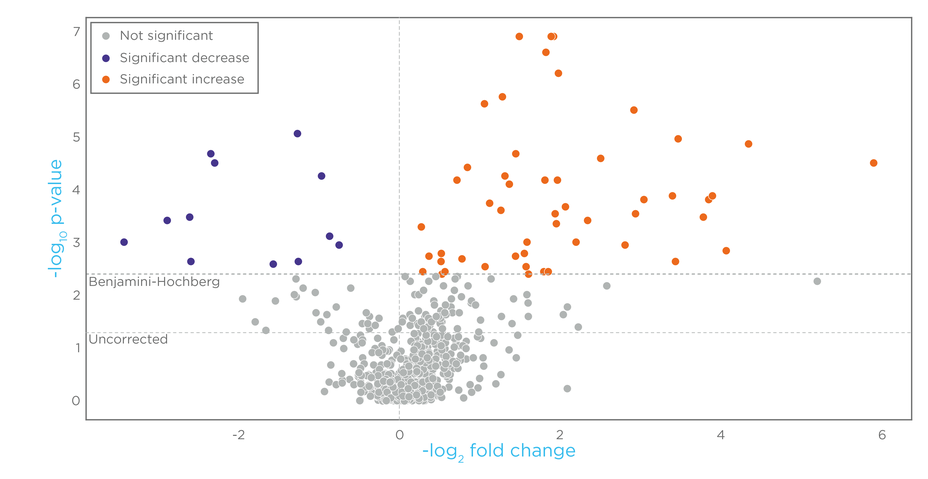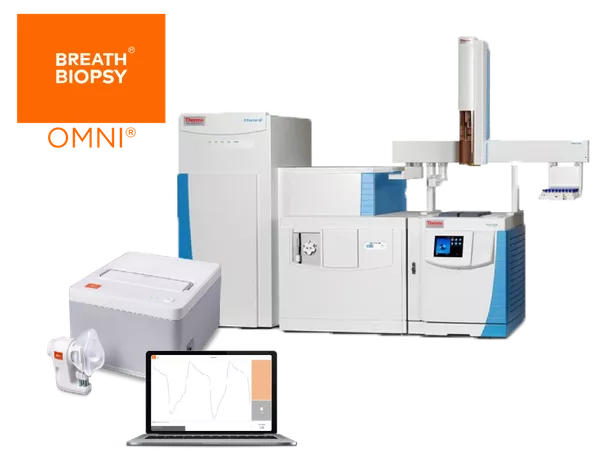Detection of lung damage from physical stress
Identifying biomarkers of exhaustive exercise in elite runners
| Publication information: Kelley, E; Stewart, G; Wheatley-Guy, C; Schwartz, J; Fermoyle, C; Ziegler, B; Johnson, K; Robach, P; Basset, P; Schaber, C; Shaw, E; Boyle, B; Johnson, B. ‘Breath Biopsy® of Elite Runners Engaging in Exhaustive Exercise’, https://www.owlstonemedical.com/media/uploads/files/MC2_portrait_v5.pdf
Disease Area: Respiratory inflammation Application: Early detection of lung damage Sample medium: Breath Products: ReCIVA® Breath Sampler, CASPER® Portable Air Supply, Breath Biopsy® Analysis approach: TD-GC-MS Compounds identified in this study are available for focused, high confidence analysis through the Breath Biopsy RUO Panel for Respiratory Diseases. Summary:
|
Extreme activities can trigger unique physiological responses. Studying extreme activities, such as exhaustive exercise, could provide an opportunity to identify and study markers of inflammation or ‘injury’ resulting from physical stress – expanding biological knowledge of how the body’s systems work in response to prolonged stimuli.
Forms of lung injury that are caused by exhaustive exercise may occur at or near the alveolar-capillary membrane, providing a clear reason to expect that VOCs in breath could act as biomarkers of injury.
10 breath biomarkers of physical stress and injury identified
In this study, samples were collected pre- and post-race from 24 volunteers who ran in the 2019 Ultra-Trail du Mont-Blanc (UTMB) ultra-marathon – a 171 kilometre foot race that includes an elevation gain of 10km. A previous study, performed at the same race in 2018, contributed to the development of an improved study design and analytical pipeline for this work.

Figure 1. An overview of the 2019 Ultra-Trail du Mont Blanc (UTMB) ultra-marathon.
Breath Biopsy samples were collected using the ReCIVA® Breath Sampler and analyzed with thermal desorption gas chromatography mass spectrometry (TD-GC-MS) using the Breath Biopsy Platform. Relative quantitation of VOCs was achieved by comparison to eight deuterated internal standard compounds. Instrument variability across this study was measured at a median relative standard deviation (RSD) of 3.88%.

Figure 2. The Breath Biopsy® Collection Station, consisting of ReCIVA® Breath Sampler (left), CASPER® Portable Air Supply (top) and Breath Biopsy Collect Software (lower right).
Across all samples, a total of 811 different VOC signals were identified. Of these, 793 were detected with suitable frequency (40% or above) to enable their use for further analysis. The Breath Biopsy HRAM Library of verified VOCs allowed 74 of the 811 features to be assigned verified compound identities. After correction for multiple testing, 63 features showed significant differences between pre- and post-race samples (12 features had decreased in concentration, 51 had increased). Of these 63 features, 10 had identities assigned from the Breath Biopsy Library.

Figure 3. Volcano plot of fold change and p-value between pre- and post-race samples for detected features.161 show significant difference with 63 persisting after correction for multiple testing. 12 of these decrease post-race and 51 increase
A super abundant peak had restricted interpretation of results from the previous study in 2018. This was successfully measured, with the increased dynamic range of the Breath Biopsy Platform using GC-Orbitrap mass spectrometry, and prospectively identified as acetic acid.
The next step for this work is to compare the identified VOCs to other markers of physiological stress and inflammation specific to the respiratory system. In order to apply these learnings in clinical context it will also be important to assess the origins and interpret the significance of the 10 identified VOCs in a wider biological context.
Breath Biopsy® OMNI supports research to distinguish between types of chronic inflammatory airway diseases and to facilitate better therapeutic decision-making and monitoring.



